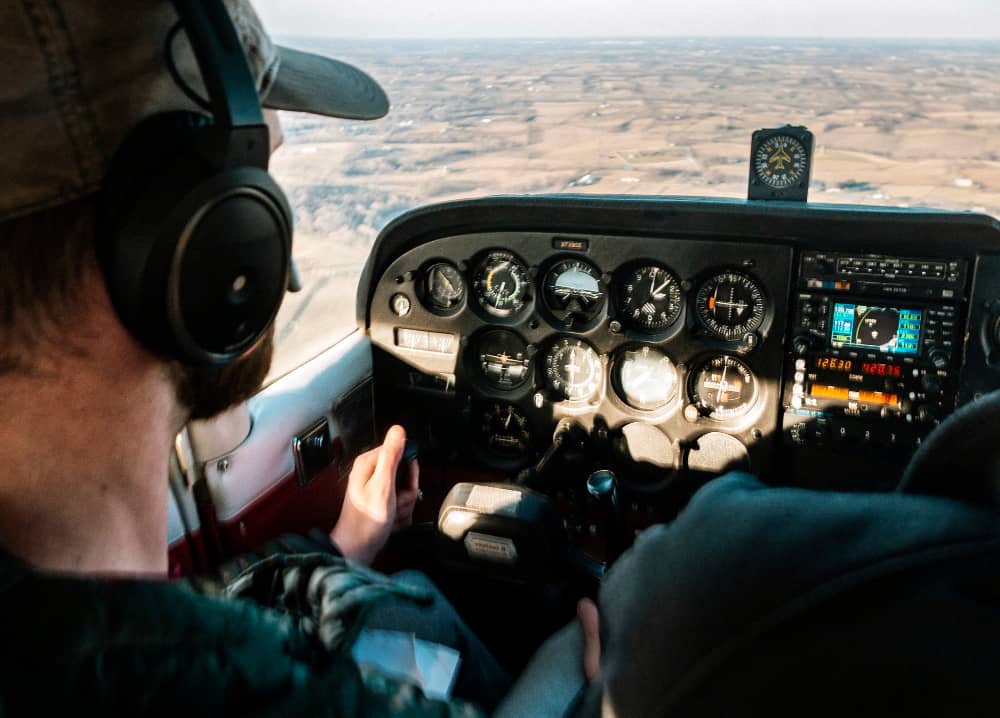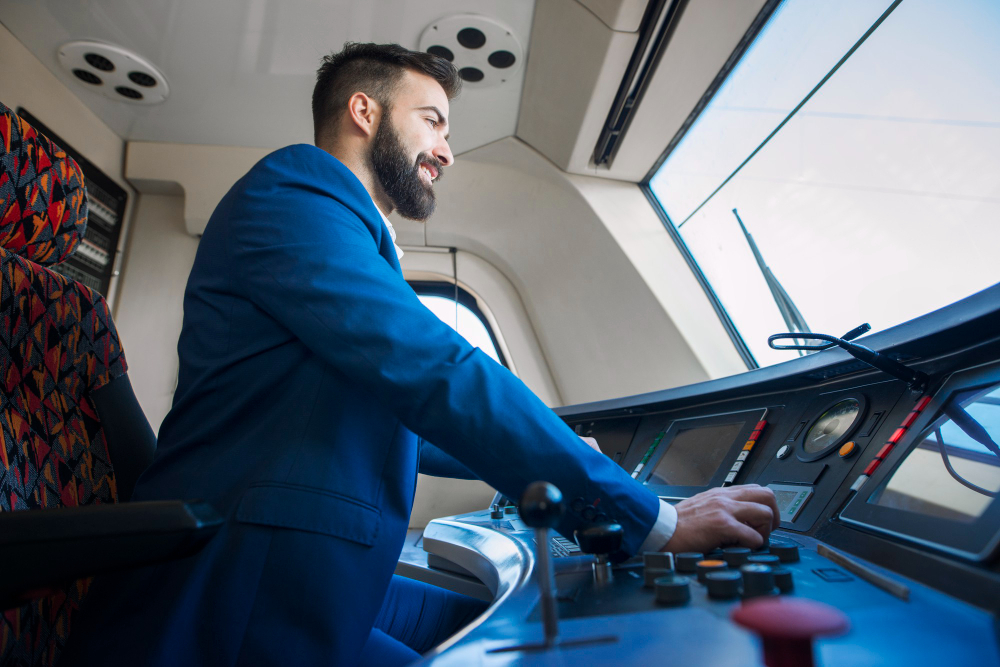What is a Private Pilot License (PPL) and why is it important?
The Private Pilot License (PPL) is the essential first step into the world of aviation. It allows you to fly single-engine aircraft for personal or recreational purposes and to carry passengers without any commercial intent, under visual flight conditions (VFR).
This license is internationally regulated by ICAO and, in Europe, by EASA through national aviation authorities such as AESA in Spain. Earning your PPL is the foundation for progressing toward a professional pilot career.
The course includes both theoretical and practical training:
-
Theory: navigation, meteorology, air law, communications, and more.
-
Flight training: a minimum of 45 flight hours, including at least 10 solo hours.
No prior experience is required, and students may begin training at the age of 17, provided they hold a Class 2 medical certificate.
What is a private pilot license for?
While it doesn’t authorize you to fly commercially, the PPL opens up a wide range of opportunities:
-
Recreational flying within Europe and many countries worldwide.
-
Carrying passengers (friends, family) without compensation.
-
Renting aircraft or flying your own plane.
-
Beginning your journey toward professional certifications.
The PPL is also a key step for those aiming to build flight hours, gain experience, and continue training toward CPL or ATPL qualifications.

PPL course at EAS Barcelona: high-quality training from day one
In Spain, one of the best options for pilot training is EAS Barcelona, a flight school certified as an ATO by AESA.
Their program offers:
-
Modern classrooms located in central Barcelona (Rector Triadó, 94).
-
Practical flight training at Sabadell Airport (LELL).
-
A modern fleet of Tecnam P2002 and P2006 aircraft, all with glass cockpits.
-
Advanced flight simulators, including an enhanced Airbus A320 device.
EAS Barcelona was the first ATO in Spain authorized to deliver PBN and UPRT courses, and it is recognized internationally by authorities like the Maldives Civil Aviation Authority (MCAA).
PPL vs CPL: what’s the difference?
| PPL (Private) | CPL (Commercial) |
|---|---|
| Personal/recreational flying | Paid, professional flying |
| Cannot charge for flights | Can work as a commercial pilot |
| Minimum 45 flight hours | 200+ hours and advanced ratings |
| No experience required | Requires prior PPL or equivalent |
At EAS Barcelona, you can choose between:
-
A fully Integrated ATPL program: fast-track training from zero to airline pilot.
-
A Modular path: starting with the PPL and progressing step-by-step.
Frequently Asked Questions
Can I fly around Europe with an EASA PPL?
Yes. The license is valid in all EASA countries and in many others under bilateral agreements.
How much does a PPL cost in Spain?
Typically between €10,000 and €14,000, depending on the school. EAS Barcelona offers competitive pricing with state-of-the-art equipment.
How long does it take to complete?
It can usually be completed in 3 to 6 months, depending on your availability.
What aircraft can I fly?
Light single-engine aircraft under 5,700 kg. For larger or multi-engine aircraft, additional ratings are needed.
Conclusion
Now that you know what a private pilot license is for, if you’ve ever wondered whether flying was for you, this is the best place to find out.
With a training center like EAS Barcelona, you’ll have access to advanced simulators, a modern fleet, certified instructors, and an internationally recognized curriculum. Whether you’re flying for passion or preparing for a professional career, the PPL is your gateway to the skies.
